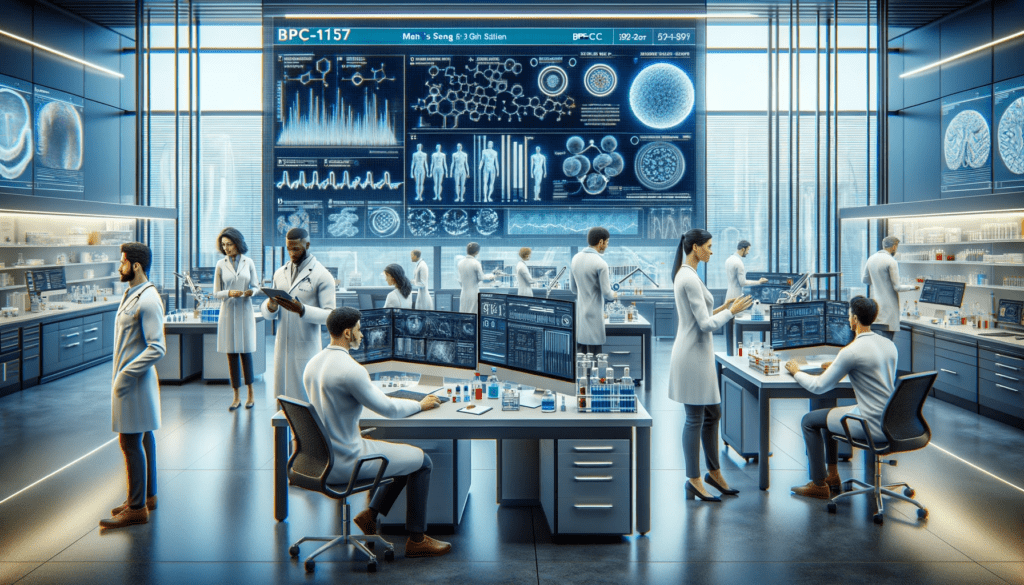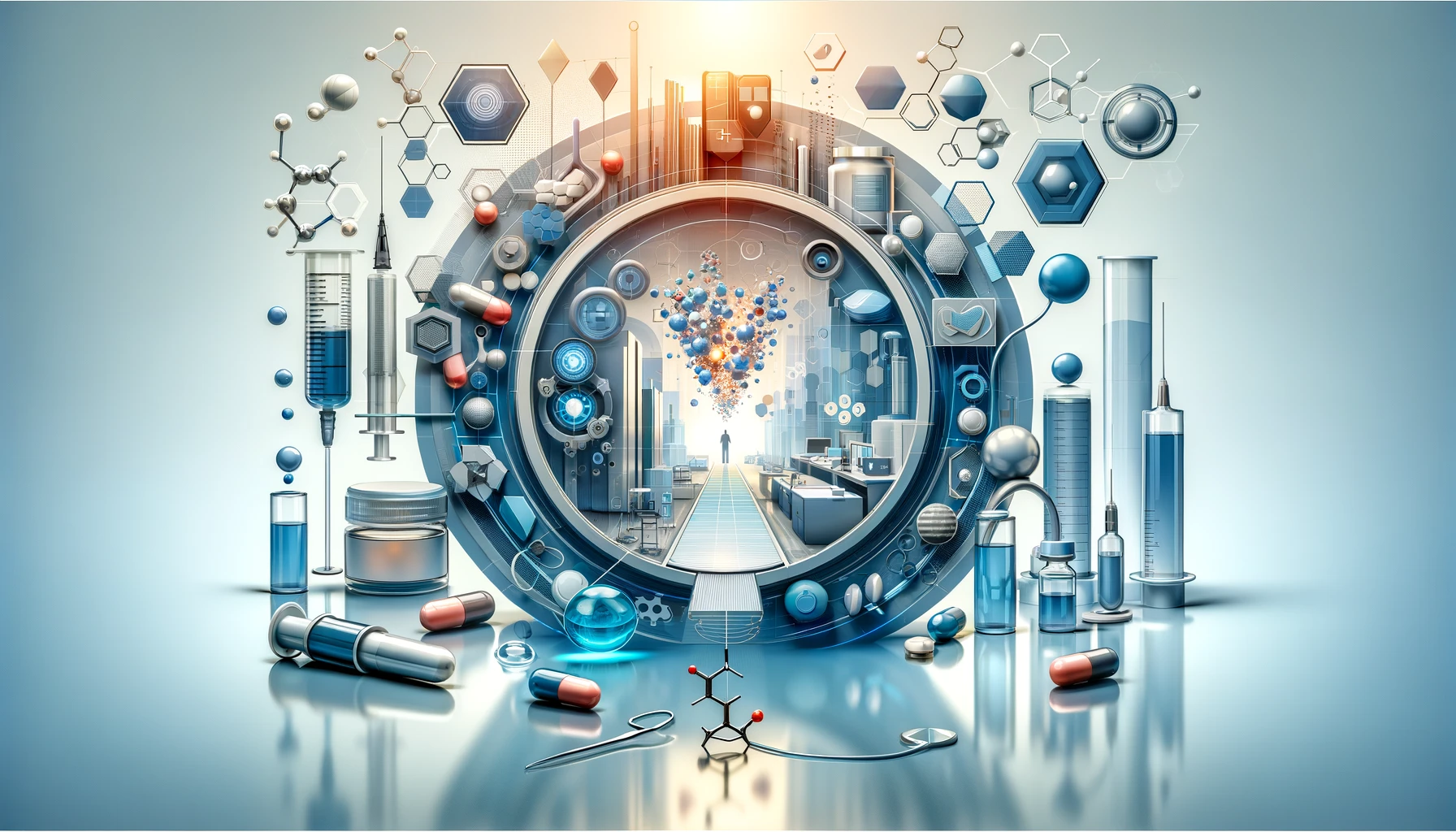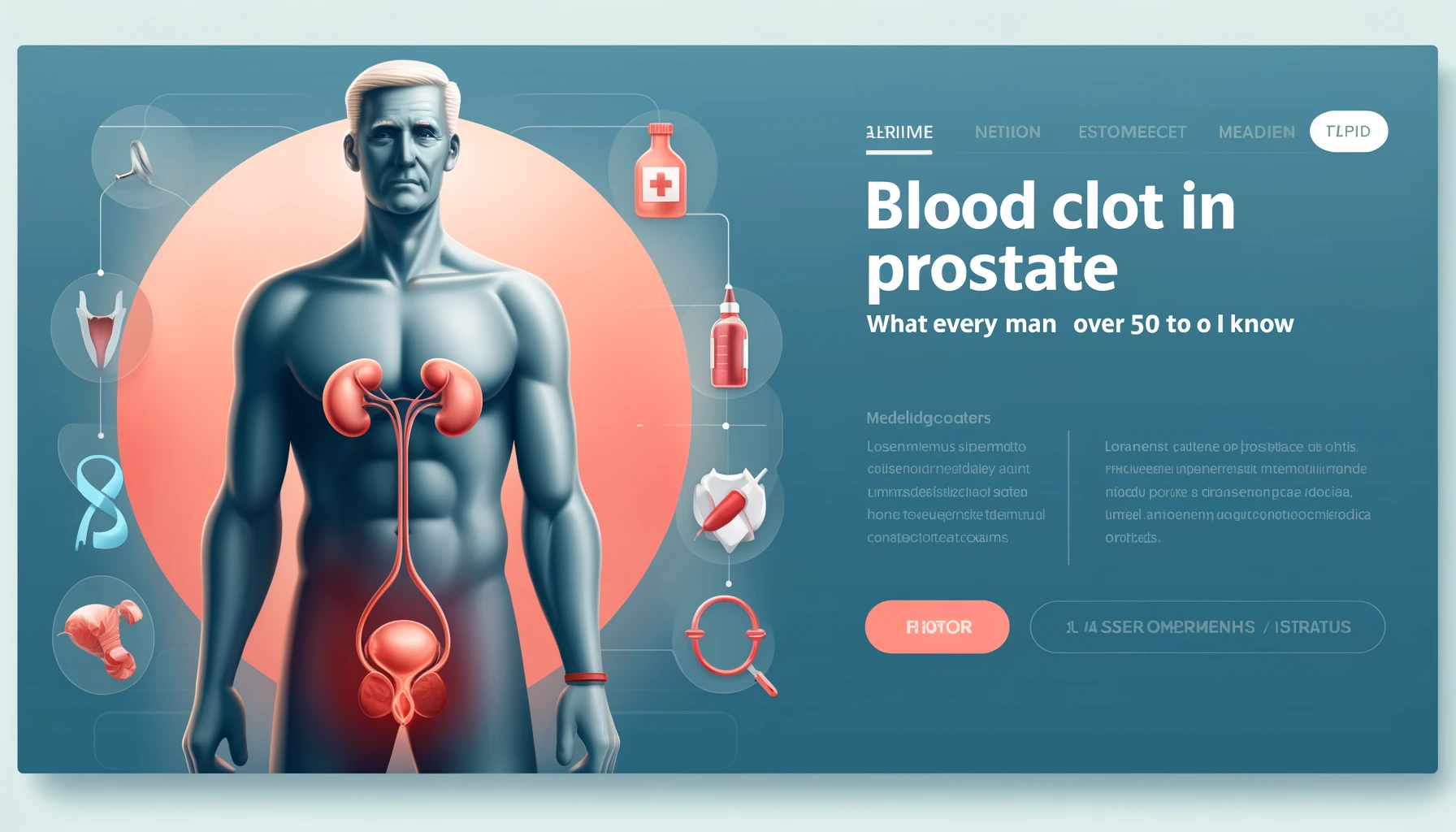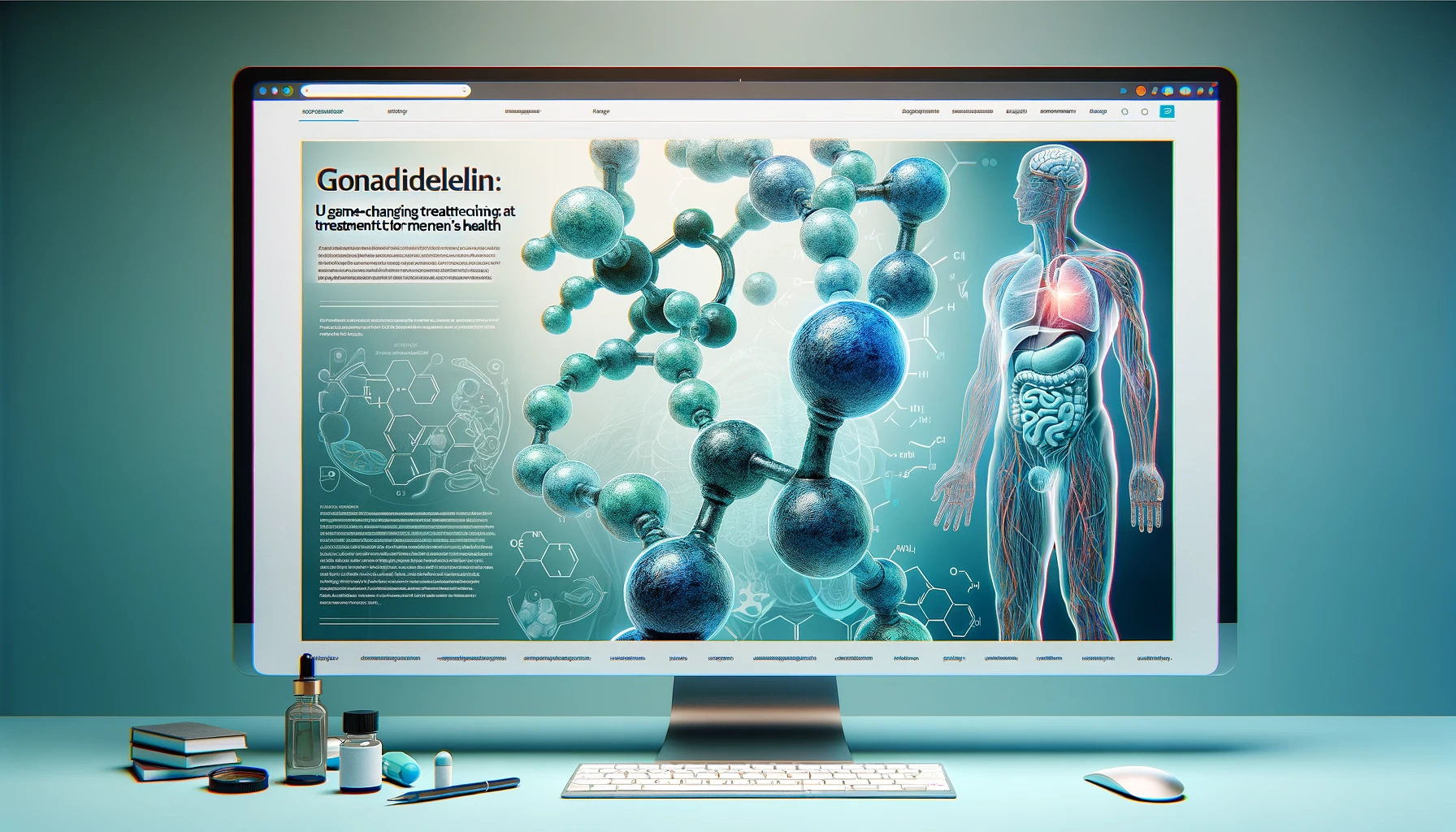bpc-157 erectile dysfunction
In the realm of medical research and innovation, there’s an ongoing quest to discover novel solutions for various health challenges. One peptide that has garnered increasing interest recently is BPC-157 and its potential role in addressing a widespread issue—erectile dysfunction.
This article delves into what BPC-157 is and how it may be linked to the treatment of erectile dysfunction, a condition that affects millions of men globally.
Contents
Understanding BPC-157

Before we explore its potential connection to erectile dysfunction, let’s gain a clear understanding of BPC-157 and how it functions.
What is BPC-157?
BPC-157, or Body Protection Compound-157, is a synthetic peptide that has garnered significant attention in the field of medical research. Comprising 15 amino acids, this intriguing compound has captured the curiosity of scientists and healthcare professionals alike due to its remarkable properties and potential therapeutic applications.
At its core, BPC-157 is derived from a naturally occurring peptide found in the human stomach called BPC (Body Protection Compound). What sets BPC-157 apart is its synthetic nature, which allows for precise control and optimization of its properties.
This synthetic peptide is believed to work through several mechanisms within the body, making it a subject of extensive research and study. Among its notable effects, BPC-157 is thought to stimulate angiogenesis, the process of forming new blood vessels. This property has implications for improved blood circulation and tissue regeneration, which can be crucial in various medical contexts.
Furthermore, BPC-157 exhibits anti-inflammatory properties, which have piqued interest in its potential to reduce inflammation in tissues and organs. This anti-inflammatory action is seen as a possible key to addressing conditions linked to chronic inflammation.
Moreover, BPC-157 appears to accelerate the healing of various tissues, ranging from muscles and tendons to the gastrointestinal tract. Its role in tissue repair has led to investigations into its application for injuries and ailments involving damaged or inflamed tissues.
Despite the promise surrounding BPC-157, it’s important to note that much of the current evidence comes from preclinical studies and animal experiments. Further research, including clinical trials involving human subjects, is necessary to fully comprehend its potential benefits and any associated risks.
Mechanism of Action
Understanding how BPC-157 works at a mechanistic level is essential to appreciate its potential therapeutic applications. This synthetic peptide’s mechanism of action involves a series of intricate processes within the body, which contribute to its multifaceted healing properties.
- Angiogenesis Stimulation: One of the fundamental mechanisms of BPC-157 is its ability to stimulate angiogenesis. Angiogenesis is the process of forming new blood vessels, and BPC-157 appears to play a pivotal role in this. By promoting the growth of new blood vessels, BPC-157 enhances blood circulation to tissues and organs. This effect is of significant interest in the context of tissue repair and regeneration, as improved blood flow can aid in delivering essential nutrients and oxygen to affected areas.
- Anti-Inflammatory Action: BPC-157 exhibits potent anti-inflammatory properties. Inflammation is a natural response of the body to injury or infection, but chronic inflammation can lead to tissue damage and various health issues. BPC-157’s anti-inflammatory action helps mitigate excessive inflammation, potentially reducing tissue damage and promoting a more conducive environment for healing.
- Tissue Repair and Regeneration: Beyond its role in angiogenesis and inflammation modulation, BPC-157 plays a crucial part in tissue repair and regeneration. It has shown the ability to accelerate the healing of various tissues, including muscles, tendons, and the gastrointestinal tract. This capacity for tissue repair is particularly relevant in the context of injuries, ulcers, and other conditions involving damaged or inflamed tissues.
- Protection Against Oxidative Stress: BPC-157 has also been associated with antioxidant properties, which means it can help protect cells from oxidative stress. Oxidative stress occurs when there is an imbalance between free radicals and antioxidants in the body, potentially leading to cell damage and various health issues. By acting as an antioxidant, BPC-157 may contribute to overall cellular health and support the body’s natural defense mechanisms.
The Link to Erectile Dysfunction

One of the primary factors contributing to erectile dysfunction is insufficient blood flow to the penis. BPC-157’s remarkable ability to promote angiogenesis, which is the formation of new blood vessels, holds significant promise in addressing this aspect of ED. By facilitating the growth of new blood vessels, BPC-157 can potentially enhance blood circulation to the erectile tissues, leading to improved erectile function.
Mitigation of Inflammation
Inflammation within blood vessels and surrounding tissues can significantly impede proper erectile function. BPC-157’s potent anti-inflammatory properties make it a candidate for addressing this underlying cause of ED. By reducing inflammation, it may alleviate restrictions in blood flow, potentially contributing to better erections.
Tissue Repair for Erectile Health
Erectile dysfunction can also be linked to tissue damage or scarring within the erectile chambers of the penis. BPC-157’s demonstrated capacity for tissue repair and regeneration may be advantageous in such cases. By promoting the healing of damaged tissues, BPC-157 could potentially restore erectile function in individuals affected by this specific issue.
Potential Synergy with Other Treatments
It’s worth noting that BPC-157’s potential role in the treatment of erectile dysfunction may not be limited to a standalone approach. Researchers are exploring its synergy with existing ED treatments, such as medications like sildenafil (Viagra) or lifestyle modifications. This combination therapy approach could offer a comprehensive solution for individuals with ED.
The Importance of Further Research
While the potential of BPC-157 in treating erectile dysfunction is promising and supported by preclinical studies, it is essential to underscore the need for further research, particularly clinical trials involving human subjects. The intricacies of ED and individual responses to treatment may vary, and rigorous scientific investigation is crucial to establish the safety and efficacy of BPC-157 in this context.
ALSO READ: Revitalize Your Love Life: The Definitive Guide to Erectile Dysfunction Treatment
Research and Clinical Studies

The potential of BPC-157 in addressing various health issues, including erectile dysfunction, has generated significant interest within the medical and scientific communities. To gain a comprehensive understanding of its efficacy and safety, it’s essential to delve into the realm of research and clinical studies dedicated to this synthetic peptide.
Preclinical Investigations
Initial studies on BPC-157 predominantly fall into the category of preclinical research, often involving animal models. These investigations aim to establish the fundamental mechanisms by which BPC-157 operates and its potential therapeutic applications.
In these preclinical studies, researchers have observed compelling results, including:
- Angiogenesis Promotion: BPC-157’s role in stimulating angiogenesis, the formation of new blood vessels, has been demonstrated in animal experiments. This effect is crucial for improving blood circulation, which is relevant in various medical contexts.
- Anti-Inflammatory Properties: BPC-157’s ability to reduce inflammation has been evident in studies, making it a candidate for conditions characterized by excessive inflammation and tissue damage.
- Tissue Repair: Preclinical research has consistently shown BPC-157’s capacity to accelerate the healing of various tissues, such as muscles, tendons, and the gastrointestinal tract.
Clinical Trials and Human Studies
While preclinical studies provide valuable insights, the translation of these findings to clinical applications in humans is a critical step. Clinical trials involving human subjects are necessary to determine the safety and efficacy of BPC-157.
At this stage, it’s important to highlight that while BPC-157 shows promise in preclinical research, clinical trials are still in their early stages. Researchers are actively conducting trials to evaluate its potential in treating various conditions, including those related to erectile dysfunction.
These clinical trials typically follow a structured protocol, involving:
- Safety Assessments: Ensuring that BPC-157 is well-tolerated by human subjects with minimal side effects.
- Efficacy Evaluation: Investigating whether BPC-157 demonstrates the expected therapeutic benefits, such as improved blood flow, reduced inflammation, and tissue repair, particularly in the context of treating erectile dysfunction.
- Dosage and Administration: Determining the optimal dosage and method of administration for safe and effective use.
Ongoing Research
It’s important to acknowledge that research on BPC-157 is ongoing, and new findings continue to emerge. As clinical trials progress and accumulate data, the scientific community gains a clearer understanding of BPC-157’s potential and limitations.
Possible Side Effects

When considering the use of any therapeutic substance, it is essential to thoroughly understand its potential side effects to make informed decisions about its safety and suitability for specific medical conditions. BPC-157, a synthetic peptide with remarkable healing properties, is no exception. Here, we provide a comprehensive examination of the possible side effects associated with BPC-157 based on available research and clinical observations.
Limited Reported Side Effects
One of the remarkable aspects of BPC-157 is its favorable safety profile, as indicated by preclinical studies and initial clinical trials. In these studies, BPC-157 has shown minimal side effects and a generally well-tolerated nature when administered to animals and humans.
Potential Side Effects
While BPC-157 appears to be well-tolerated, it is essential to acknowledge that every individual may respond differently to any substance, including peptides like BPC-157. Some potential side effects, although rare, have been reported and should be considered:
- Gastrointestinal Disturbances: In some cases, individuals taking BPC-157 have reported mild gastrointestinal discomfort, such as nausea or diarrhea. These symptoms are typically temporary and tend to resolve on their own.
- Injection Site Reactions: When BPC-157 is administered through injections, there may be mild local reactions at the injection site, including redness, itching, or pain. These reactions are generally mild and transient.
- Allergic Reactions: While rare, allergic reactions are possible with any substance. Individuals with a known history of allergies or sensitivities should exercise caution and seek medical advice before using BPC-157.
Lack of Comprehensive Data
It’s important to note that the existing data on BPC-157’s side effects is limited, primarily due to the early stage of research and clinical trials. As more studies are conducted, a more comprehensive understanding of its safety profile is expected to emerge.
Consultation with a Healthcare Professional
Before considering the use of BPC-157, especially for the treatment of specific medical conditions, individuals should consult with a qualified healthcare professional. This consultation serves to assess individual health factors, and potential interactions with other medications or treatments, and to ensure that BPC-157 is an appropriate choice.
Conclusion – bpc-157 erectile dysfunction

In conclusion, BPC-157 presents promise as a potential treatment for erectile dysfunction, thanks to its ability to enhance blood flow, reduce inflammation, and promote tissue repair.
Nonetheless, it is crucial to approach this subject with caution, as additional research is needed to validate its effectiveness and safety in human subjects. If you are experiencing erectile dysfunction, it is advisable to consult with a healthcare professional who can guide suitable treatment options.
bpc-157 erectile dysfunction, bpc-157 erectile dysfunction, bpc-157 erectile dysfunction, bpc-157 erectile dysfunction, bpc-157 erectile dysfunction, bpc-157 erectile dysfunction, bpc-157 erectile dysfunction, bpc-157 erectile dysfunction, bpc-157 erectile dysfunction, bpc-157 erectile dysfunction, bpc-157 erectile dysfunction, bpc-157 erectile dysfunction, bpc-157 erectile dysfunction, bpc-157 erectile dysfunction, bpc-157 erectile dysfunction, bpc-157 erectile dysfunction, bpc-157 erectile dysfunction, bpc-157 erectile dysfunction, bpc-157 erectile dysfunction, bpc-157 erectile dysfunction, bpc-157 erectile dysfunction, bpc-157 erectile dysfunction,
FAQs (Frequently Asked Questions)
-
Is BPC-157 available for purchase and use by the general public?
BPC-157 is primarily used in research and clinical trials. While it may be available from some sources, it is not approved for widespread use by the general public. It’s crucial to consult with a healthcare professional before considering its use.
-
Are there any known interactions with medications or other substances?
As of current knowledge, there are limited reports of interactions with medications or other substances. However, if you are taking medications or have underlying health conditions, it is essential to discuss BPC-157 use with a healthcare provider to assess potential interactions.
-
What is the recommended dosage and administration of BPC-157?
Dosage and administration guidelines for BPC-157 can vary depending on the specific condition being treated. As of now, there are no standardized dosing recommendations for general use. A qualified healthcare professional can provide personalized guidance based on individual health and treatment goals.
-
Is BPC-157 a cure for specific medical conditions?
BPC-157 shows promise in various medical contexts due to its mechanisms, such as angiogenesis, anti-inflammatory effects, and tissue repair. However, it is not a guaranteed cure for any particular condition. Its effectiveness depends on the specific condition, individual factors, and ongoing research.
-
Are there any age or gender restrictions for BPC-157 use?
There are no specific age or gender restrictions associated with BPC-157 use. However, as with any treatment, it is essential to consider individual health and consult with a healthcare professional before use, especially in specific populations such as children, pregnant individuals, or those with underlying medical conditions.












